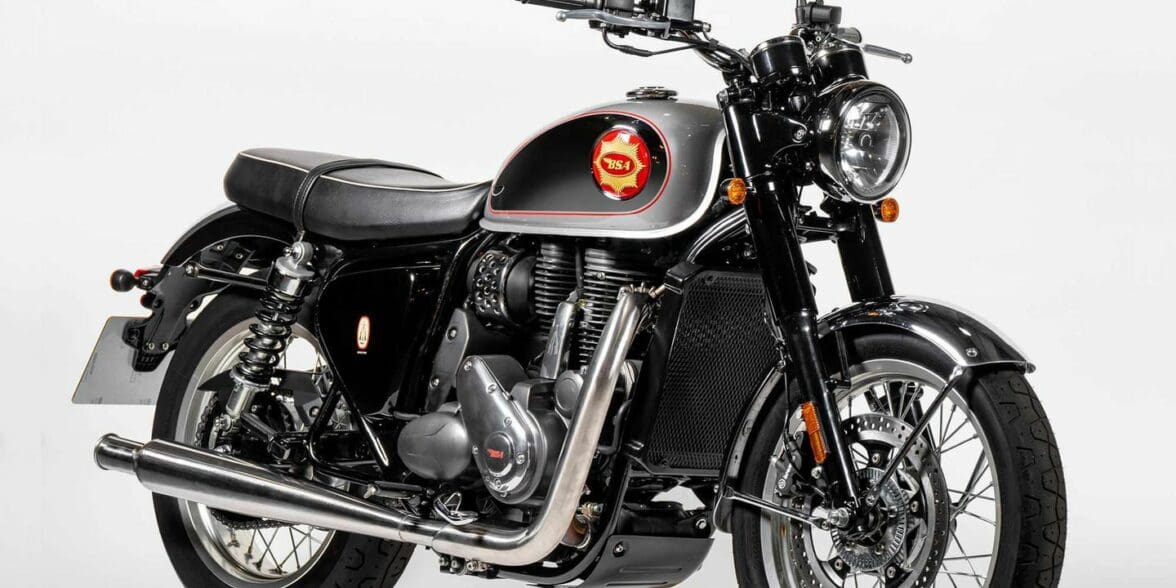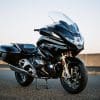Nothing gives you street cred faster than riding on the historical coattails of a famous brand. From China’s new MG Motor to the rebirth of Norton and Brough, the branding ‘leg up’ you get by attaching an old and well-respected name to your new-born moto manufacturing enterprise is as undeniable as it is valuable.
In the moto world, the latest and possibly greatest example of this phenomena is the sudden reappearance of the legendary BSA (or Birmingham Small Arms because they used to make guns) brand from 1861. It was purchased by India’s Mahindra Motors; the very same suits that now own Pininfarina, Peugeot Motorcycles and SsangYong.
In India, Mahindra plays a kind of Ford to rival Eicher’s General Motors. And Eicher just so happens to be the company who owns and recently renaissanced the Royal Enfield brand. So is Mahindra’s foray into the moto segment just happenstance? Hell no! But you need to look at the new bike’s design and specs to understand what they are up to.
A Big Shot Across Royal Enfield’s Bows
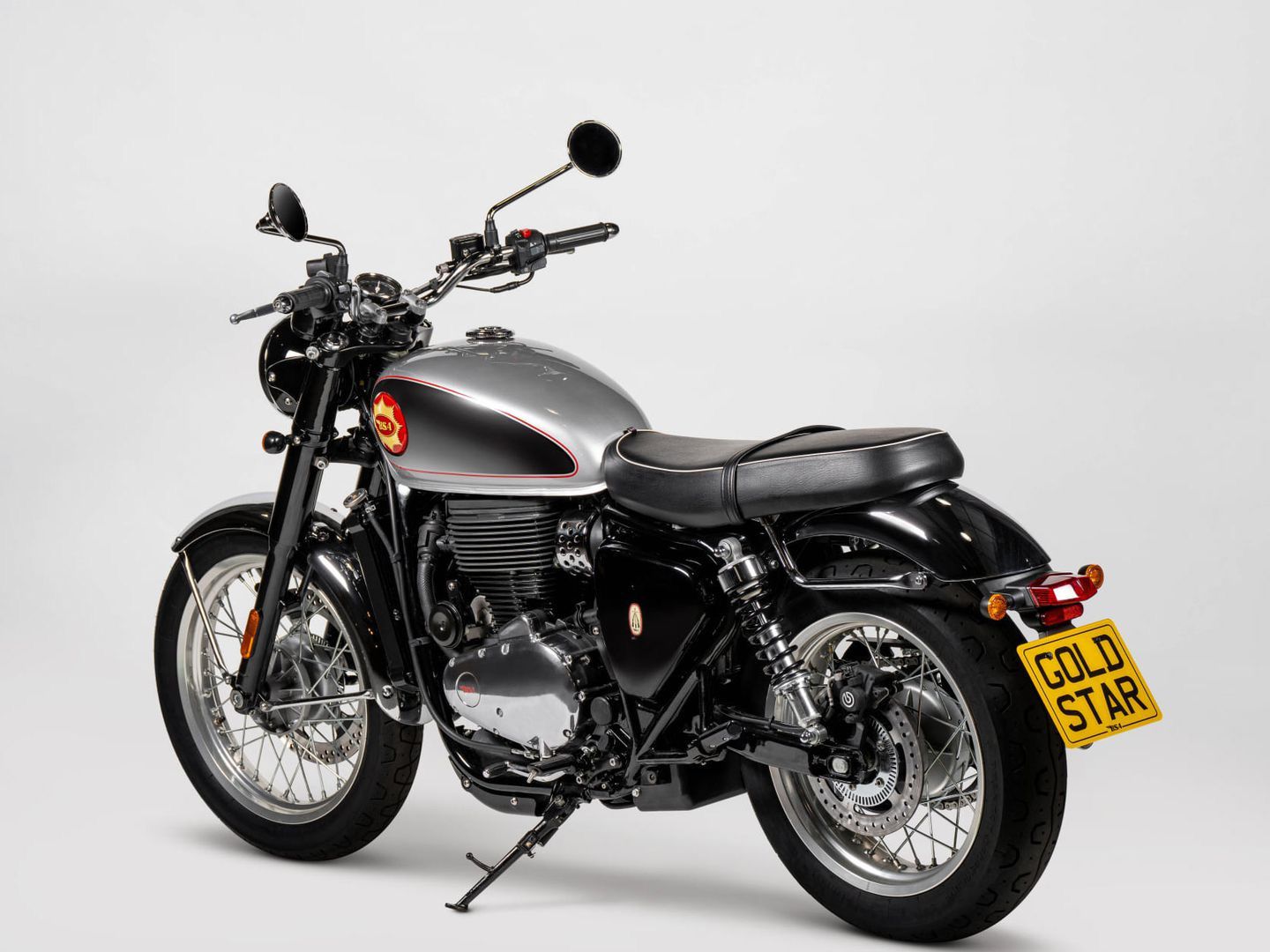
Age-old foes in India, Eicher and Mahindra have been going at it tooth-and-nail in the domestic market there for many decades. But with Eicher’s Royal Enfield now seemingly making a pretty solid go of their previously-very-static brand, it’s clear to most industry observers that the reborn BSA brand is Mahindra’s attempt to help themselves to a slice of Enfield’s sales pie (or gulab jamun, as the case may be).
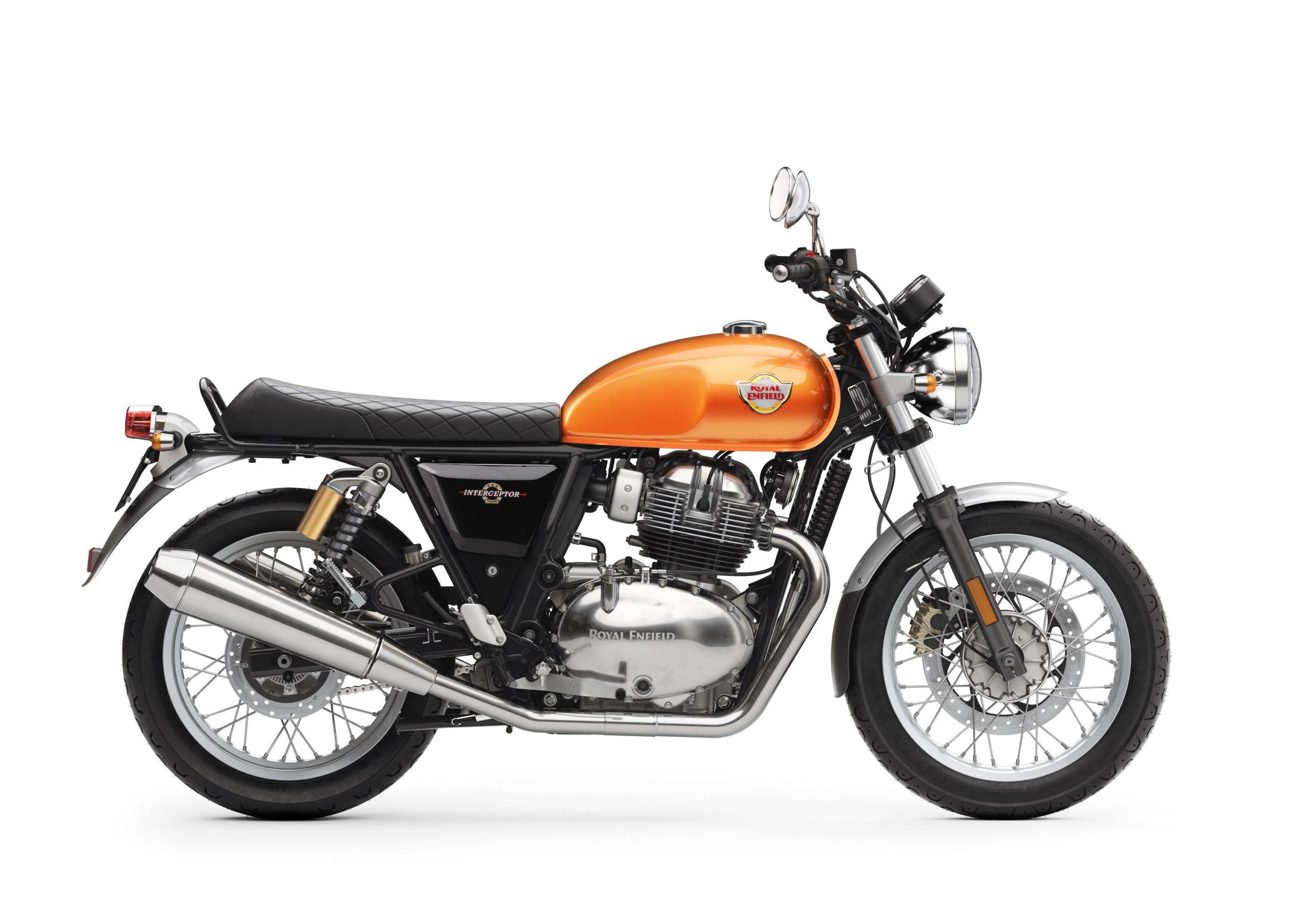
Even the BSA’s new design seems to be heavily influenced by Enfields; if you don’t see the similarities between it and Royal Enfield’s relatively new Interceptor 650 Twin, then I’d suggest you get a fresh set of optic nerves in the very near future.
Yes, you could probably argue that it also looks like Triumph’s new Bonneville range or even a Kawasaki W800, but there’s very little doubt someone at Mahindra went on a bit of a shopping spree at their local Royal Enfield dealership and subsequently gifted the BSA R&D department a whole bunch of 650 Twins as presents.
The BSA: Better Specs than the Enfield (But Only Just)
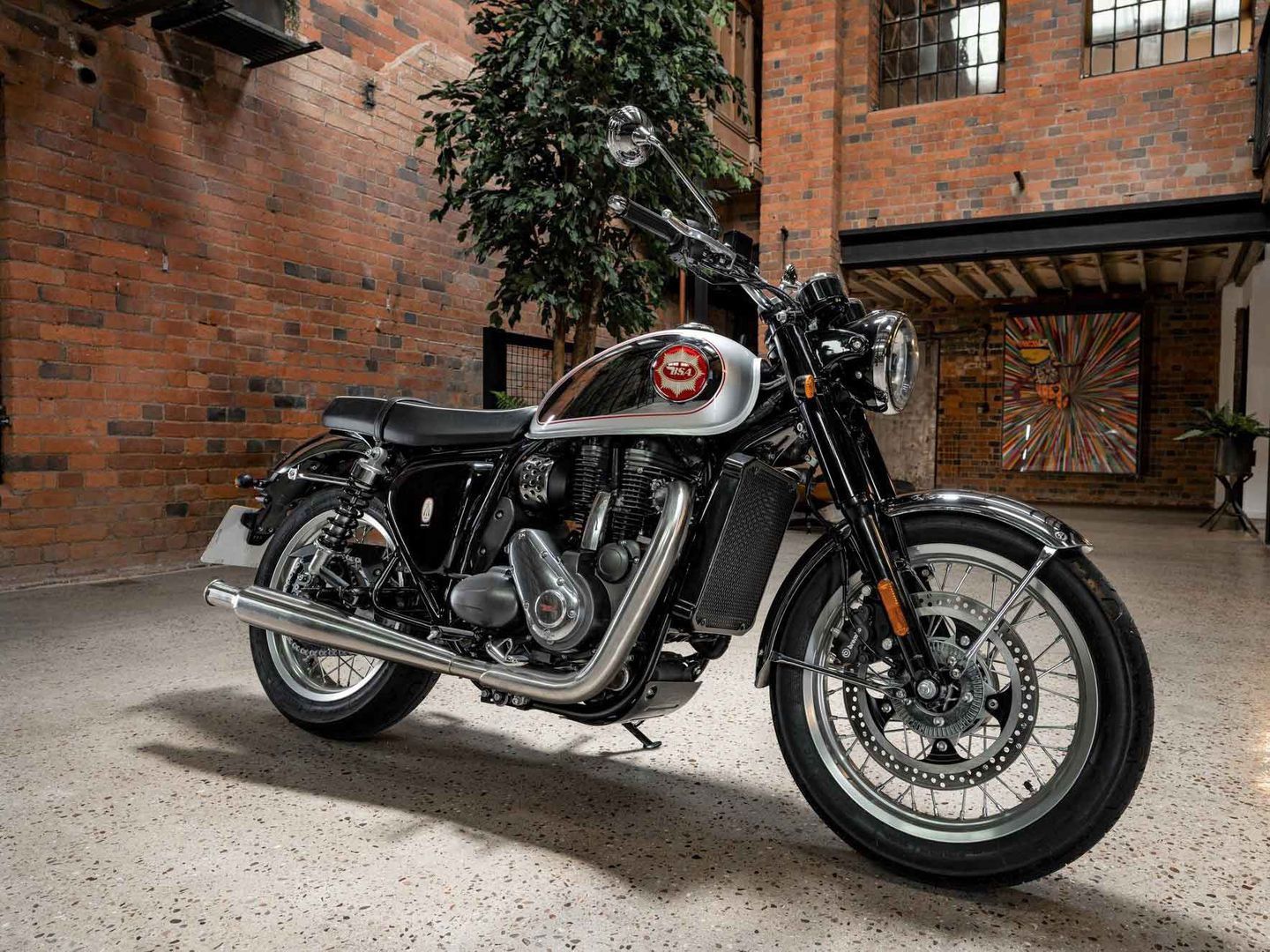
As they are following the leader, BSA had the luxury of 20/20 hindsight when designing the new Gold Star—and it really shows when considering what they chose to keep and what to ditch on the new design.
The first and biggest thing to note is that the bike will be water cooled. Water cooling gives BSA the ability to make a higher-tolerance engine than air cooling allows for, meaning it’ll be easier to get more power out of it and meet tough emissions standards globally.
But air cooling isn’t all wine and roses. It also makes the bike more delicate and higher maintenance. Not a biggy for your average westerner, but if the bike is used as daily transport in India’s hotter southern regions, you’ll no doubt see many a bike overheating by the side of the road after their radiators have been innocently neglected by a nation of riders who’ve mostly never had to contend with water top-ups before.
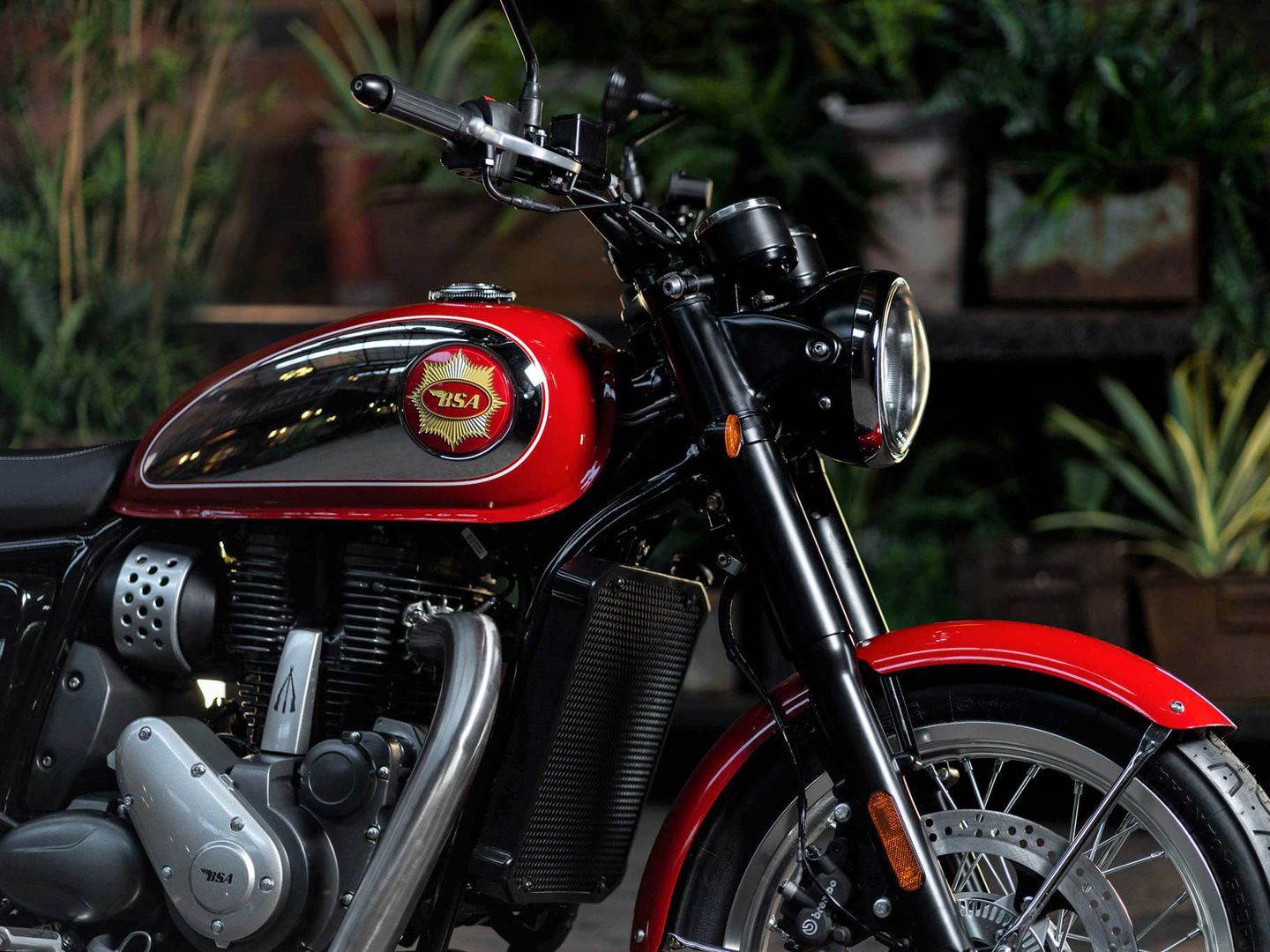
And whereas Enfield’s Interceptor comes standard with Ceat rubber and Bybre brakes, the new Gold Star is purportedly going to rock Pirelli tyres and Brembo stoppers. Of course, that’s all well and good, but if that puts the price of the bike above that of Enfield’s (a brand with a century of sales and marketing experience) then BSA can probably kiss their sales targets goodbye.
Yes, it’s a delicate balance. From all reports, the other tech specs will be pretty much on par with the 650 Twin, too. The engine, designed by Rotax, will have a 652cc single with twin overhead cams and four valves. Torque and horsepower specs are almost identical to that of the Enfield’s; 40.6 pound-feet and 4,000 rpm, compared to 38.6 pound-feet at 5,150 rpm for the Royal Enfield engine. Weight will also be similar at around 215 kilos (470 lbs).
It’s a Single (Just Like the Original)
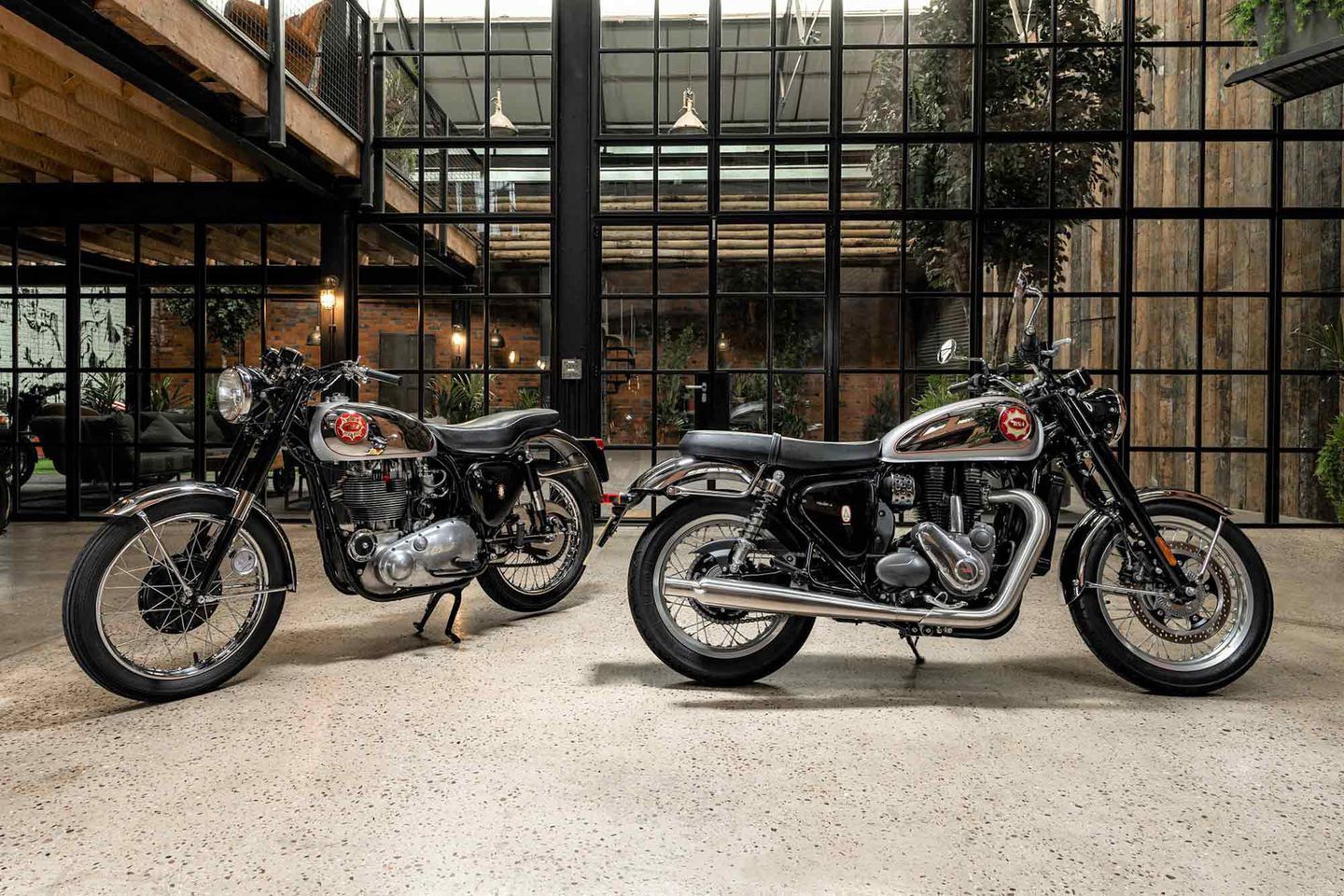
No, not all classic British bikes of the ‘50s and ‘60s were parallel twins; unlike their Triumph and Enfield brethren, the old Gold Stars were two-valve singles. In practical terms, this would make the bike feel more torque-y and charismatic, but also a little ‘agricultural’ when compared to twin cylinder contemporaries.
Of course, harmonic balancing and moto engineering has come a long way since the 1950s, so It’s not like the new bike will bear an uncanny resemblance to its original namesake.
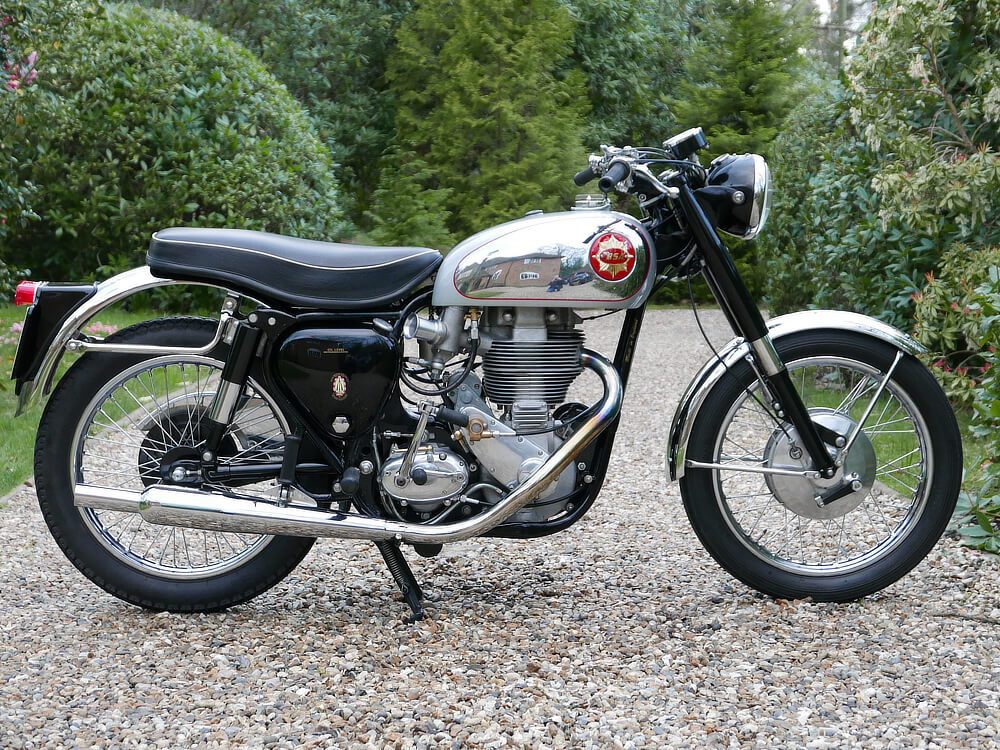
The twin balancing shafts, water cooling, and the associated tighter tolerances will no doubt take the edge off the rough-and-ready feel you get with most air-cooled singles (including those in Royal Enfield’s back catalog), but the fact remains that it’s only been a few short years since Royal Enfield shocked its fans by announcing a parallel twin platform. Now, along come some brand new competitors who are suddenly occupying a segment in the market Enfield must have thought they owned for good.
It’ll Be Sold in India
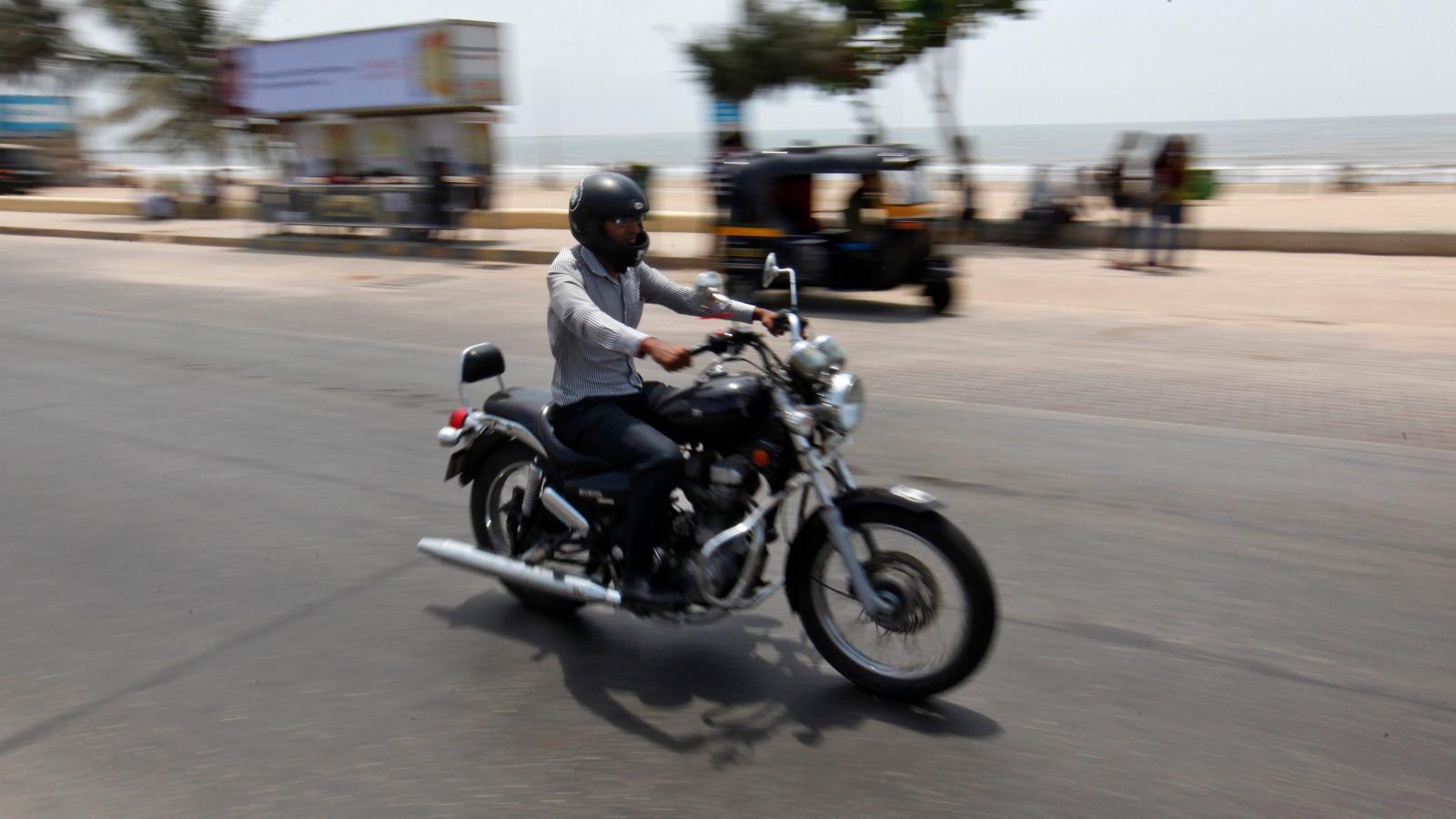
Royal Enfield’s Indian heritage is the epitome of a double-edged sword. While it allows them access to cheap labor and a home market with literally billions of potential customers, it also very much limits the kind of motorcycles they can potentially make and sell.
Unlike big Western markets such as the US and the EU, India has two very important characteristics that dictate the kinds of bikes locals will buy. The first is income and the second is their roads.
India’s average national income is a mere USD $1600 per year, and you can bet that much of this figure is pumped up by the nation’s wealthy elite. Put simply, their relative poverty drastically restricts their ability to buy things.
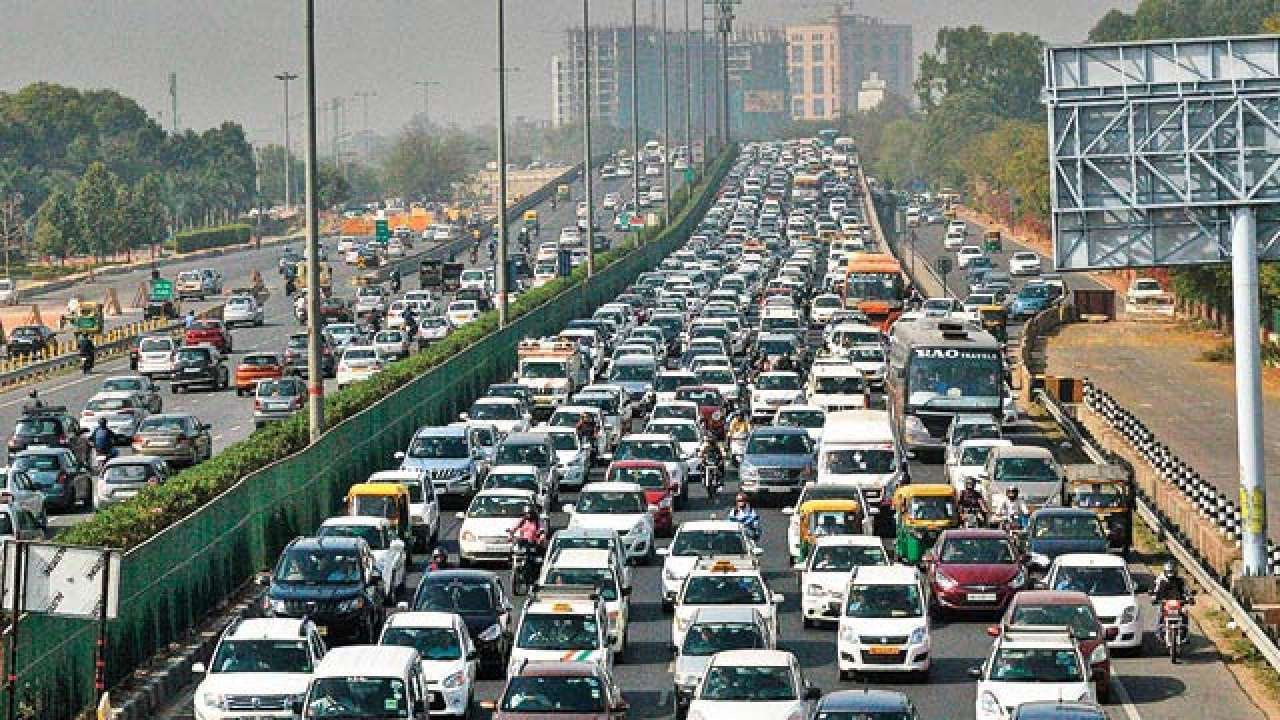


Then there are the roads—outside of the big cities, many Indian roads are bloody rough (both figuratively and literally) compared to their Western equivalents. Add some of the world’s worst traffic into the mix and what you’ve got isn’t exactly an Autobahn.
Any motorcycle maker that intends to bolster their bottom lines with Indian sales needs a product that’s—put very simply—not going to be powerful enough to kill people or too expensive for the majority of customers to afford. So why sell there at all, then?
Well, as Royal Enfield found out decades ago, domestic market sales can be very, very lucrative. If a manufacturer managed to sell a motorcycle to 1% of the Australian population, they’d have shifted 250,000 units, and they’d probably be very happy with themselves. But if they were to achieve the same percentage of sales in India, they would have sold 13,000,000 units.
It Was Supposed to Be Built in the UK
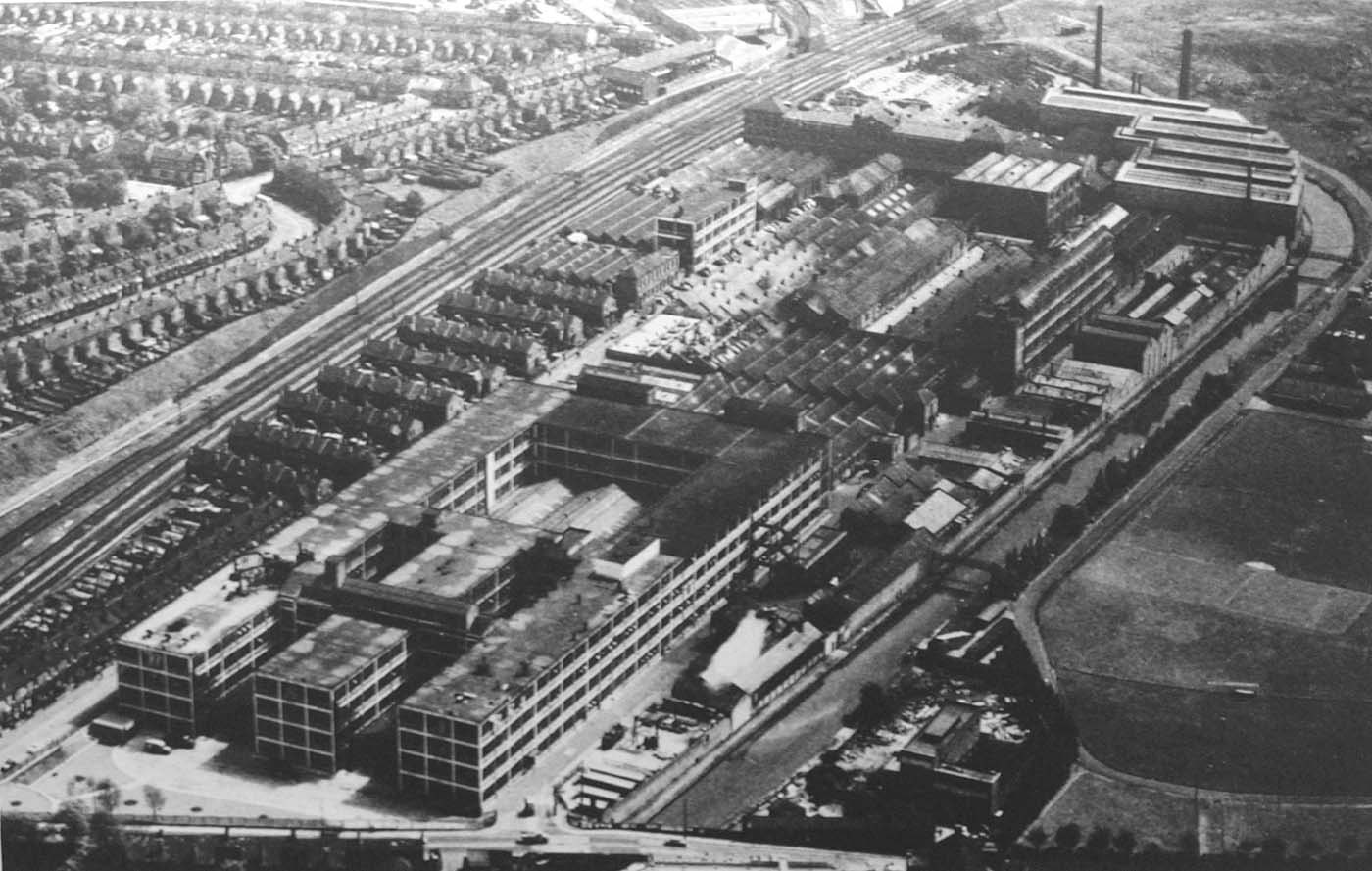


Surprisingly, the initial plan from Mahindra was to build the bikes in the brand’s original stomping grounds, Birmingham. However, since COVID messed up the planet, they decided that they’d relocate the whole shebang to their Indian facilities.
Now, what really makes me pause for thought here is that there’s a whole world of difference in cost between making a bike in the UK and making it in India. Or to put it another way, there’s a very good reason why the new Land Rover Defender is made in Slovakia and not Solihull. And no prizes for guessing—that’s because it would cost a whole bunch more if it was made in the home of the Union Jack.
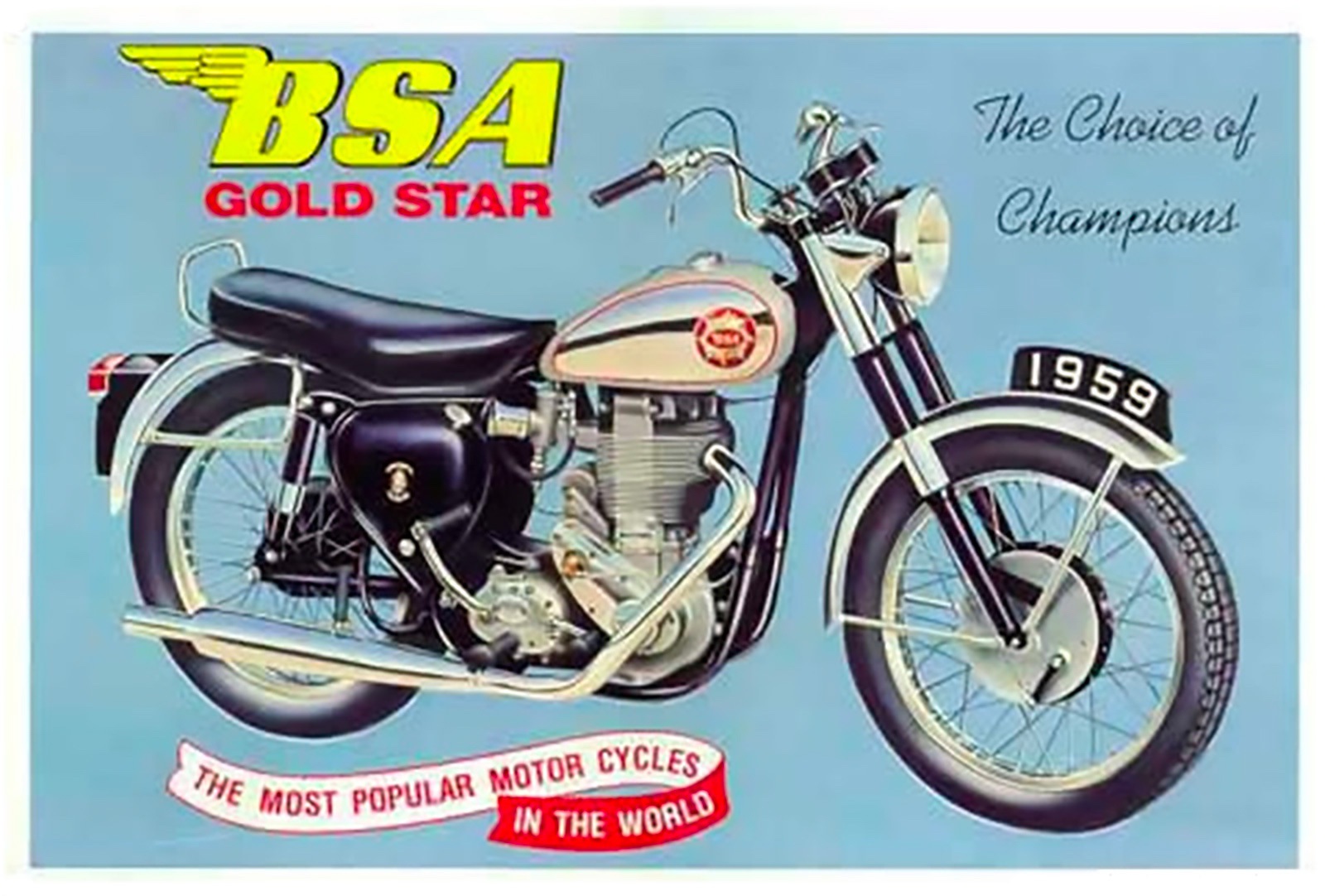


Exactly how Mahindra planned to make the bike in the UK and still price it competitively is anyone’s guess. The key to this quandary is probably the fact that the company is about as cashed-up as any corporation could possibly be, so in that sense it would surely have the capital to throw around in terms of profit margins. It could even (god forbid) make a loss on the bikes just to get the new brand established in the global market and eventually recoup that money further down the line.
One thing that has been discussed for the future is an electric bike platform, for which the British Government was allegedly keen to partner on, purely for its employment opportunities and brain-trust brownie points. “An electric BSA?”, I hear you cry—but didn’t anyone tell you? We’ll all be riding electric before the middle of the century, so you better get used to it, and quicksmart.
The BSA Gold Star is scheduled to go on sale in the first half of 2022, COVID and computer chip shortages notwithstanding. Reports put the retail price in the UK at around £5000.


